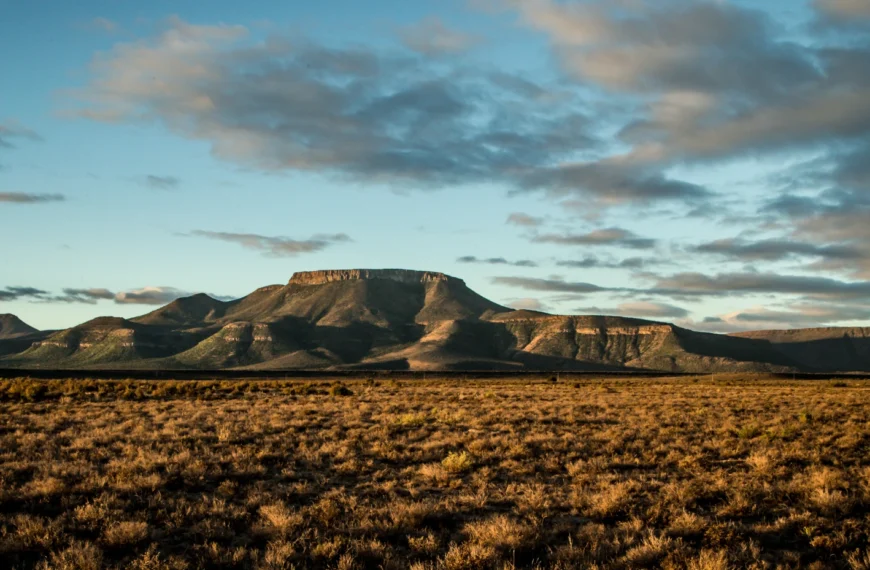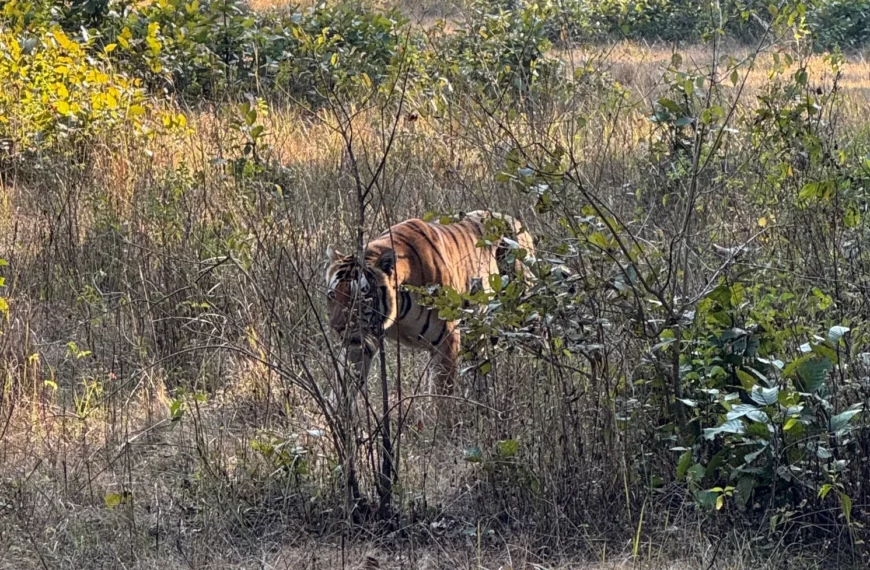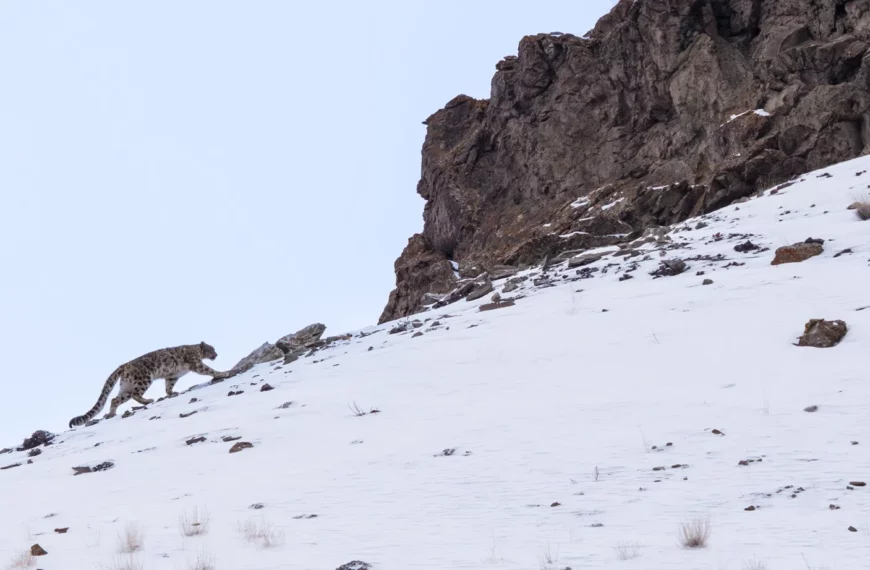Rewilding is the large-scale restoration of natural processes, until the affected area can take care of itself once more. Part of this process involves reintroducing missing species to their native areas as a way of promoting biodiversity and ecological balance, thereby creating sustainable environments, where humans and wildlife coexist harmoniously.
One of the primary goals of rewilding is to reverse biodiversity loss. By reintroducing key species and restoring habitats, rewilding projects contribute to the recovery of ecosystems that have been disrupted by human activities. This reversal not only benefits wildlife but also enhances ecosystem services essential for human wellbeing, such as clean air, water, and fertile soil.
Another significant benefit of rewilding is its potential to mitigate extreme weather conditions. Healthy ecosystems, with their diverse vegetation and wildlife, play a crucial role in regulating climate patterns. They absorb carbon dioxide, reduce the risk of floods, and create microclimates that can help buffer against the impacts of climate change.
Additionally, rewilding isn’t just about conservation; it is also about fostering sustainable development. Many rewilding projects create opportunities for ecotourism, supporting local economies through nature-based tourism activities. These conservation success stories often involve local communities, providing employment, education, and incentives for conservation stewardship.
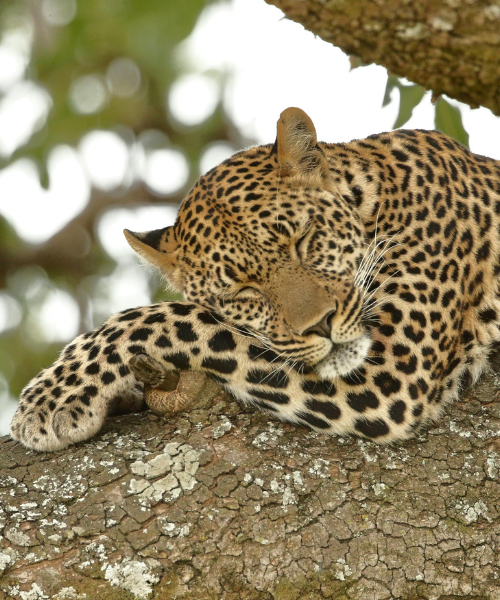
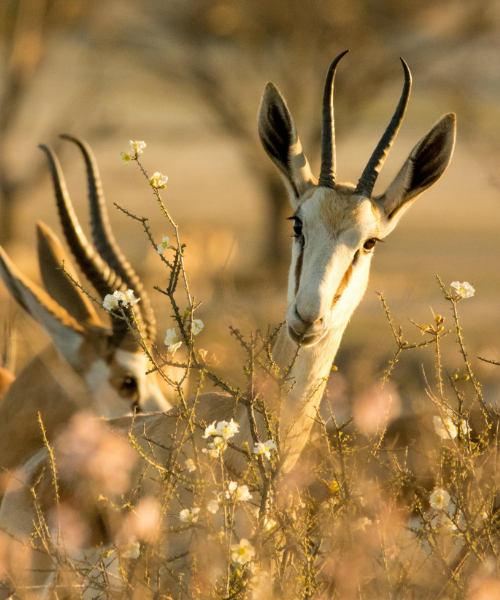

South Africa
The Samara Karoo Reserve in South Africa stands out as a rewilding success story, particularly regarding Africa’s big cats like lions and cheetahs. The reintroduction of these predators has had far-reaching impacts, including the management of herbivore populations and the restoration of natural predator-prey dynamics.
Since reintroducing lions, wildebeest are reproducing at a faster rate, which is thought to be because the lions are preying on their young. The presence of these predators also means there are more carcasses for species like jackals and vultures to feed on. As a result, jackals are becoming scavengers again, instead of hunting springbok lambs, which in turn has boosted springbok populations too. The reserve’s ecosystems have regained resilience because of the increased biodiversity and healthier habitats.
Explore our Rewilding South Africa sample itinerary where you will travel through the dramatic desertscape of the Great Karoo and the biodiverse Walker Bay coastline on a 10 day South Africa adventure rooted in conservation.
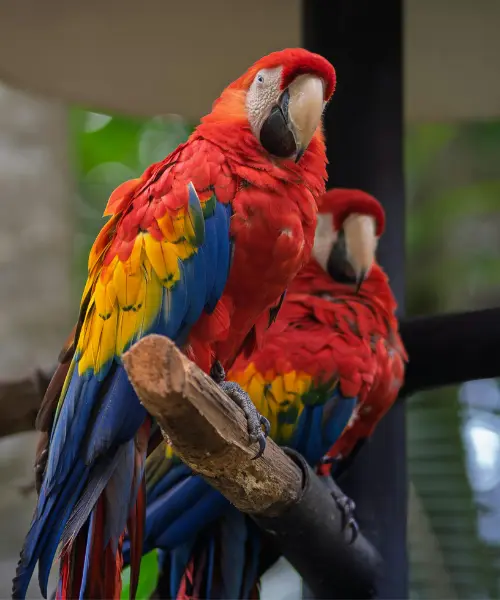

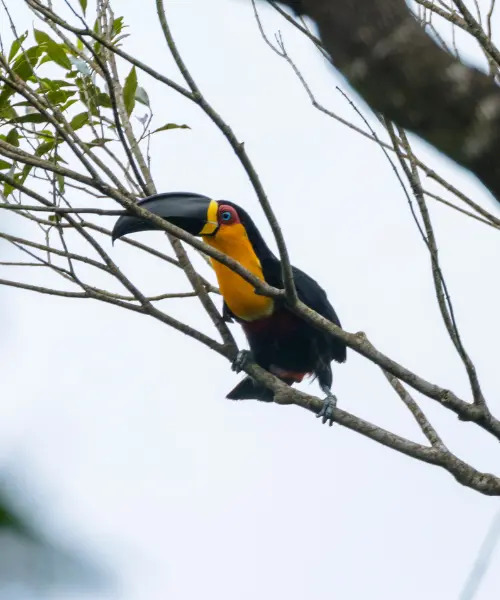
Prominent rewilding initiatives in Brazil have centred on the restoration of habitats for key species such as jaguars, pumas, and maned wolves. These predators play critical roles in regulating prey populations and maintaining ecosystem balance. Through strategic conservation efforts like habitat protection and anti-poaching measures, Brazil has witnessed a resurgence of these iconic species, making it a remarkable conservation success story.
‘Project Refauna’ aims to rewild missing animal populations which can relearn their natural behaviour into Tijuca National Park, a small fragment of rainforest steeped in the centre of Rio de Janeiro. The project hopes to translocate ecologically interesting and formerly native species such as howler monkeys, agoutis, yellow-footed tortoises and eventually rescued macaws, back into the area.
The success of Brazil’s rewilding projects demonstrates a strong commitment to continuous improvement through the consistent monitoring of these populations and introducing new rewilding projects.
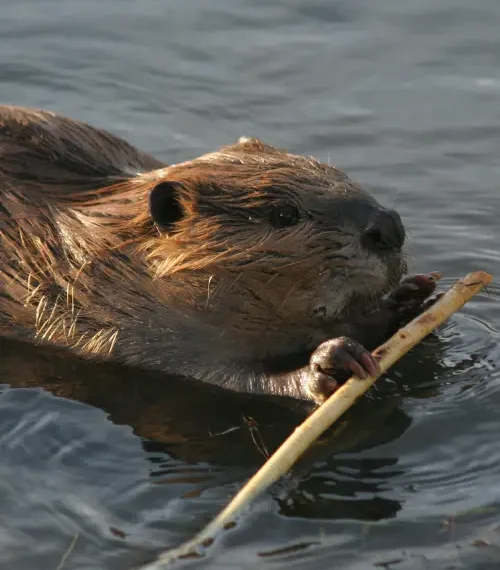
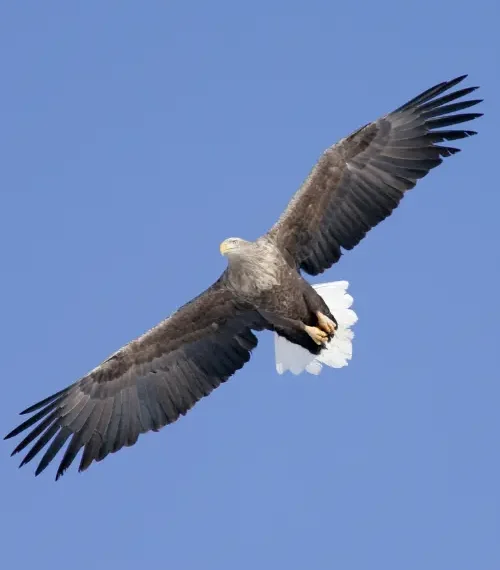
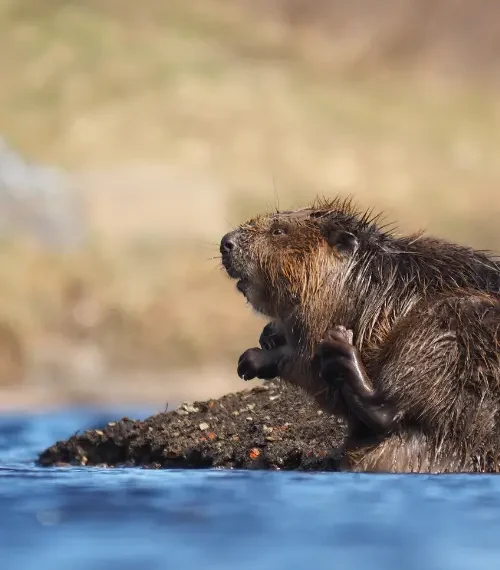
Scotland’s rewilding endeavours have focused on reintroducing species such as beavers and white-tailed eagles, which were once extinct or scarce in the region. These species’ return has had profound effects on local ecosystems through the building of dams, the digging of canals, and the creation of dead wood.
Beavers help to shape and maintain habitats where an abundance and diversity of life can flourish because dams prevent soil eroded from fields from being lost to the sea. Dams also trap carbon and other nutrients, improving downstream water quality as well as slowing the flow of water, which helps to regulate flooding.
White-tailed eagles are emblematic of Scotland’s successful rewilding efforts, since being reintroduced to the Scottish east coast from Norway. Apex predators such as white-tailed eagles play a crucial role in ecosystem dynamics by limiting the populations of prey, thereby also affecting the species on which the prey depends. They also have a vital role in nutrient cycling through moving nutrients between marine and terrestrial ecosystems.
By embracing rewilding, Scotland showcases the transformative power of restoring natural species interactions, offering a model for sustainable conservation practices worldwide.
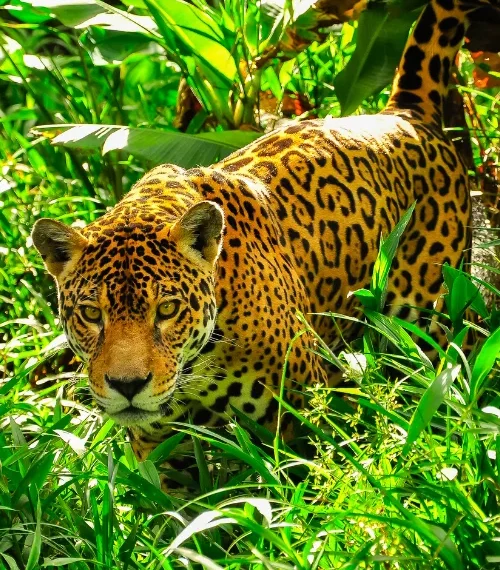
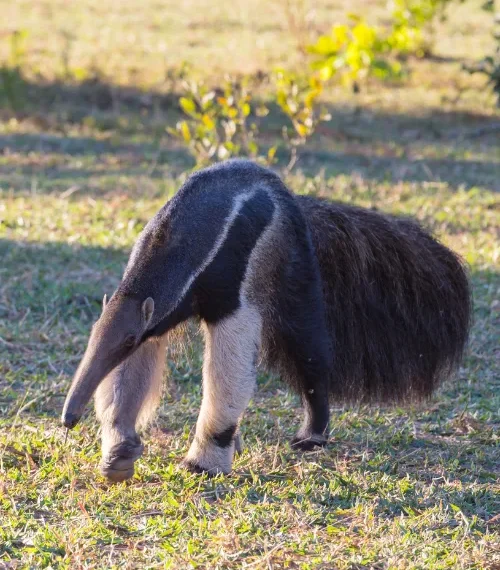
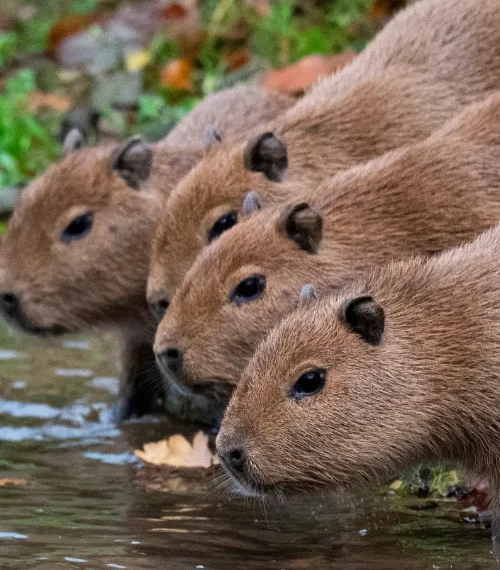
Argentina
Argentina’s Iberá Wetlands have witnessed a remarkable rewilding journey, particularly with the reintroduction of jaguars. This keystone species plays crucial roles in shaping wetland ecosystems, from controlling herbivore populations such as marsh deer and capybaras, to dispersing seeds and promoting habitat diversity. Jaguars have also helped to establish an equilibrium among other predatory species, such as pumas and foxes.
Rewilding in the Iberá region has even influenced conservation in other parts of South America, as a giant anteater, a species rewilded in Argentina, was discovered in the state of Rio Grande do Sol, where it was once thought to be extinct.
The positive rewilding efforts in the Iberá Wetlands have not only restored ecological balance but also provided economic opportunities through nature-based tourism. This was developed as a way for local people to derive value from the new conservation areas. Iberá has been promoted as one of Argentina’s top wildlife-watching destinations and has become the economic heart of the province of Corrientes, underscoring the wider significance of rewilding.
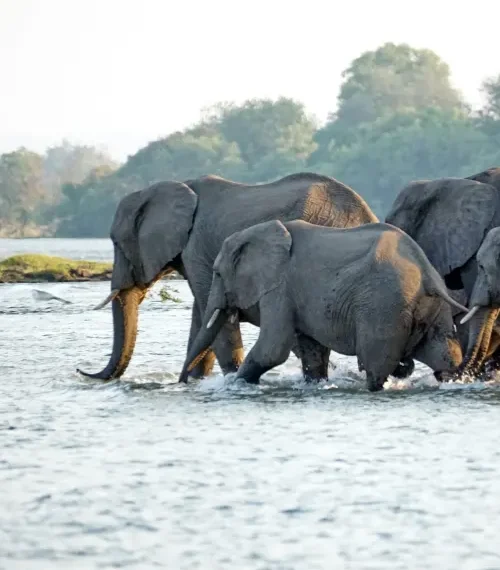
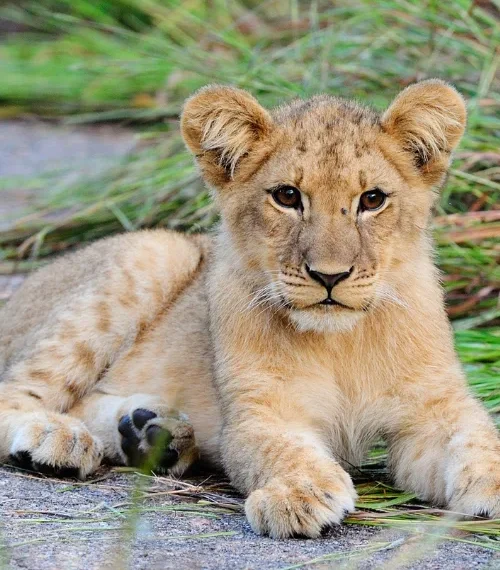
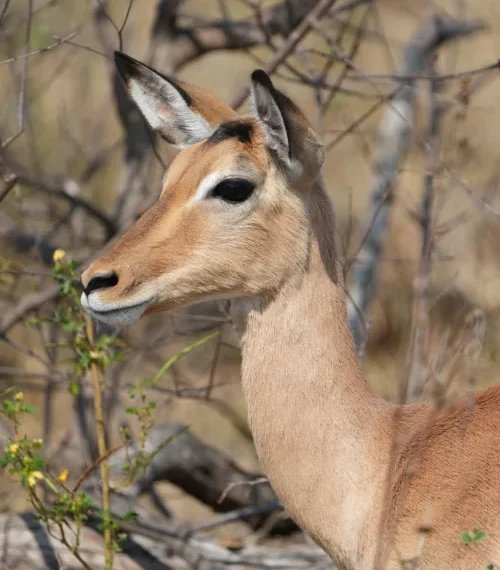
Zimbabwe’s ‘Project Rewild Zambezi’ aims to bolster wildlife populations by relocating over 2,500 animals from a southern reserve to the Zambezi River valley. This ambitious effort responds to the escalating threat of drought, driven by climate change, which now surpasses poaching as the greatest danger to the wildlife in this area.
The translocation includes elephants, impalas, giraffes, buffaloes, wildebeest, zebras, lions, and wild dogs, making it one of southern Africa’s most extensive live animal capture operations.
So far the project has rehomed 101 elephants and 184 impala on an approximate 1,000km journey. This smaller scale, successful translocation lays the groundwork, provides lessons learned and establishes best practices within the team for larger scale translocations pertaining to the rest of the animals that are set to be moved.
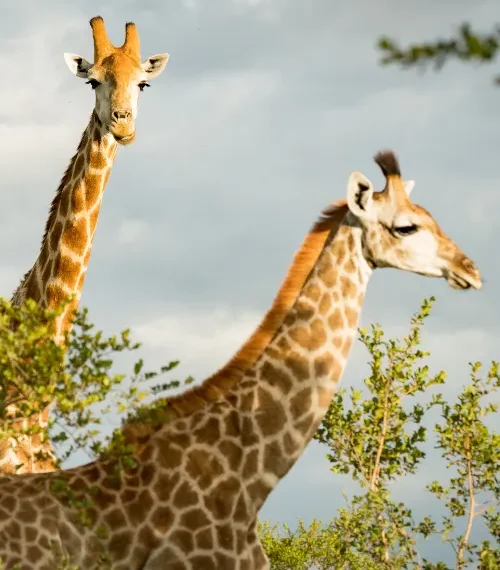
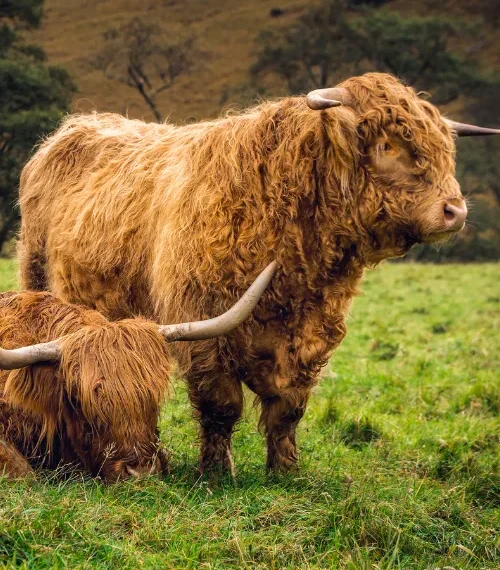
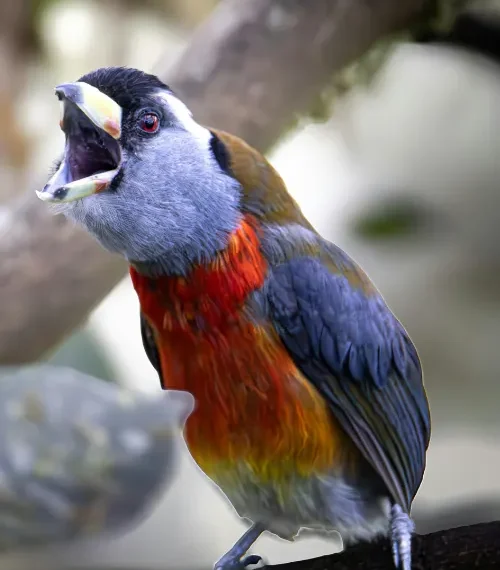
Rewilding trips offer a unique opportunity to witness the tangible benefits of conservation in action. From reversing biodiversity loss to fostering economic growth and community empowerment, rewilding projects showcase the power of restoration and strength of our natural world.
Each of these regions showcases the power of rewilding ecosystems, protecting wildlife, and fostering sustainable coexistence between humans and nature. Through continued dedication and collaboration, these successes can be built upon to create a more resilient and biodiverse planet for future generations.
Our partnerships are chosen with a focus on positive impacts on local ecosystems, ensuring each experience leaves a lasting footprint of conservation. We also have various Hosted Journeys coming up, where you can immerse yourself in travel that promotes conservation and connection, such as our Rewilding Scotland Retreat and Montana Expedition.
Interested In Animal Conservation?
If you’re seeking an unforgettable conservation vacation, get in touch with our expert travel team on +44 20 8044 9538 or at connect@journeyswithpurpose.org and we will help begin planning your perfect trip where wildlife conservation and adventure converge.
